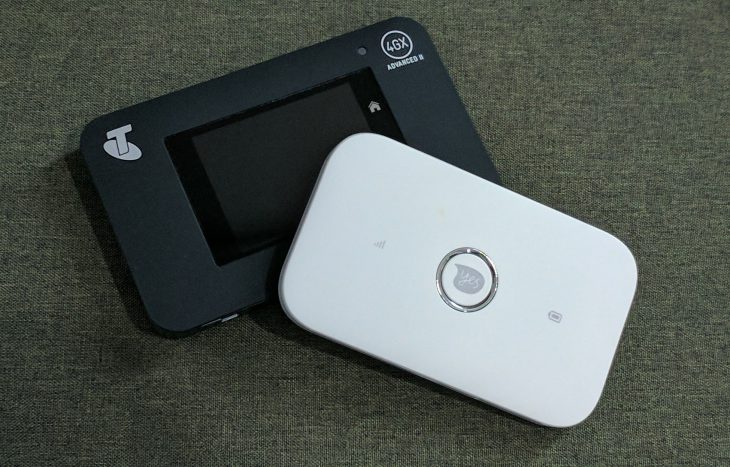
The holidays are nearly upon us and for many of us, it’s time to head off for a much-needed and well-deserved break. The problem is that while away we are often away from our home and work Wi-Fi networks and our data allowances take a massive hit. Watch a few YouTube clips, surf the web a bit, maybe even stream some TV or Netflix and your data goes out the window pretty quickly — add in a kid or two streaming Pokemon clips from YouTube and that data allowance is gone in no time.
The option many will take up is to get yourself a prepaid mobile broadband device to alleviate these data worries. We have attempted to find out which provider provides the best bang for your buck when it comes to data this year.
A prepaid mobile broadband device — I’ll refer to as a Wi-Fi Hotspot from now on but can be any one of a number of different type of devices — can be purchased relatively cheaply from each mobile provider, but unfortunately these devices are usually locked to the network you purchase from.
This is why I now have 3 different devices, only 1 of which currently has any data attached. I will swap from one device to another as the data plans change depending on which has the best data allowance and which has the best reception for where I am going, but for many of you, you’ll buy one and stick with it.
Reception
All major carriers says they have great reception, but unfortunately not all do, and it does vary a lot depending on where you’ll be using your mobile data.
I have had mixed reception with Optus in a concrete apartment down in Lorne, remote from the town centre, in years gone past (but will be testing that again this year) but Telstra on the other hand was near perfect. Vodafone was also fairly average there as well, but then that was a few years ago I tried that. Just last week, I was on my way to Moama and I had no issues with my Optus Wi-fi Hotspot in the car in an extremely remote section of Victoria (the kids would have certainly told me if it dropped out).
Around Melbourne itself I have had no issues with any of the providers and have actually seen greater speeds with Vodafone than I have with Telstra, and Optus seems to be chugging along just fine as well. Networks are always improving (so they tell us) but this is definitely one factor you will need to take into consideration when purchasing your extra data for the holidays.
Are you going to a remote place? Check each provider’s coverage map on their website to make sure your camping grounds are covered, and remember, coverage maps are a best estimate; just because it says there’s coverage doesn’t mean there will be, and equally, if the map shows you out of a coverage area, you may still get some. It’s a guide.
Let’s check out what each provider offers in the way of decent amounts of data:
Telstra
Lets start off with Telstra. Undoubtedly the best network of all the providers but unfortunately also the least value for money. You can pick up a Wi-Fi hotspot for as little as $59 which has 3GB attached to it but if you are like me that won’t last very long. It’s all about the recharge.
Telstra recharge is similar to the other companies in it’s allowances but is slightly less data for slightly more money. I’m a fan of the “buy in bulk and save” policy. For this reason the best value recharge packs with Telstra are the 10GB for $90 (6 month expiry) and the 20GB for $150 (1 year expiry). This was always my go-to, the 12 month pack — half decent value on the best network. Telstra allow you to roll over any unused data when you recharge.
With Telstra you get what you pay for. They have a great app that can easily track data usage and easily recharge and the network in Australia is second to none — especially when you add in Telstra Air as well. Not only does a recharge get you access to the best network in Australia but also gives you free access to Telstra Air (over 650,000 Telstra Air hotspots throughout Australia and 19 million Fon spots overseas). There is also 200GB of free OneDrive storage for two years.
In short, Telstra costs a little more, but the value proposition is definitely clear.
Vodafone
In the past, Vodafone didn’t have the greatest network, especially in remote areas, but that was many years ago. Vodafone has spent a lot of money upgrading their network, especially in those remote areas. Their coverage maps show that they now are able to provide service to much of the country but as always, buyer beware. Test it out first with a small amount of data before going and buying a full years worth.
Vodafone Wi-Fi hotspot devices are basically $45 and $79 for a 4G device. These both have 4GB of data attached with 30 day expiry on it. Don’t get sucked into a “CarFi” pack, though: just buy a normal device and plug in to your car’s USB or charger as needed
Vodafone offers a middle of the road value for money. Vodafone’s 10GB mobile broadband data pack costs just $60 and has an expiry of 365 days. The next step up is their 25GB data pack which costs $125 and also has a 365 day expiry. As you can see much better value for money that Telstra but the network in remote areas might not be as good with Vodafone. A cheap $45 starter pack with 4GB may be an option if you want to test out a network. Vodafone are also currently offering 4GB of bonus data on your next three recharges of $29 and above until July of 2017. Vodafone allow the user to roll over up to 50GB of data if you recharge before the expiry date.
Optus
Optus are my dark horse here. They aren’t as flashy as the other two providers but have recently come into the picture a lot more (well, for me they have). Their network has always sat somewhere in between Telstra and Vodafone’s in terms of coverage and their recent “double data” promotion makes them a very tasty choice.
Optus offer a small number of prepaid mobile broadband devices. The best value and probably the most useful to everyone (which two of us here at Ausdroid have purchased in the last month) is their 4G Wi-fi hotspot modem for $49 which gives you 4GB of data to be used within 14 days of activation. It is not the most user friendly device without a front LCD display but if you remember to change the password to something other than the random characters Optus set it up with it should do you just fine.
The data packs is where Optus pull ahead of everyone at the moment. Until the 5th February 2017 Optus are offering double data on all recharges of $30 and over. This means that their mid range pack for $50 now includes 14GB with a 1 year expiry date and their top end data pack includes a whopping 44GB for just $130 and will not expire for two years.
As for the other vendors Optus will also roll over any unused data, up to 50GB, if you recharge before the expiry. This means, in what may well be gaming the system but seems legit to me, if you purchase your 44GB pack now and then recharge it with the same amount before the “double data” expiry of 5th February 2017 you can have up to 88GB to use within two years!!! This is my plan. My reception in Melbourne with the Optus device is good (not Telstra-great but at that price it’s good enough) so it will most definitely do me for an Ausdroid/Work wi-Fi hotspot.
Chris, too, has tried one of the Optus $49 hotspot devices with the 44GB data option, and is yet to find anywhere, in greater western Sydney at least, where it doesn’t work very well. In most areas, it’s quick and responsive, and the battery does last a while.
Other providers
I’ve looked through the other vendors, the MVNOs, and to be honest there is nothing of value in them that makes me think it is better to go with them than it is to go with one of the big three. If you yourself know of one let us know in the comments below.
There you have it – mobile hotspot devices in Australia and their value. If you are purchasing one for the holiday season please consider all of the above. Most important is the reception — if you don’t have reception you can have all the data allowance in the world and it’ll do you no good. Next is the value.
Telstra arguably have the best overall coverage, but Optus undoubtedly have the best data pricing at the moment. Which are you going to compromise on?

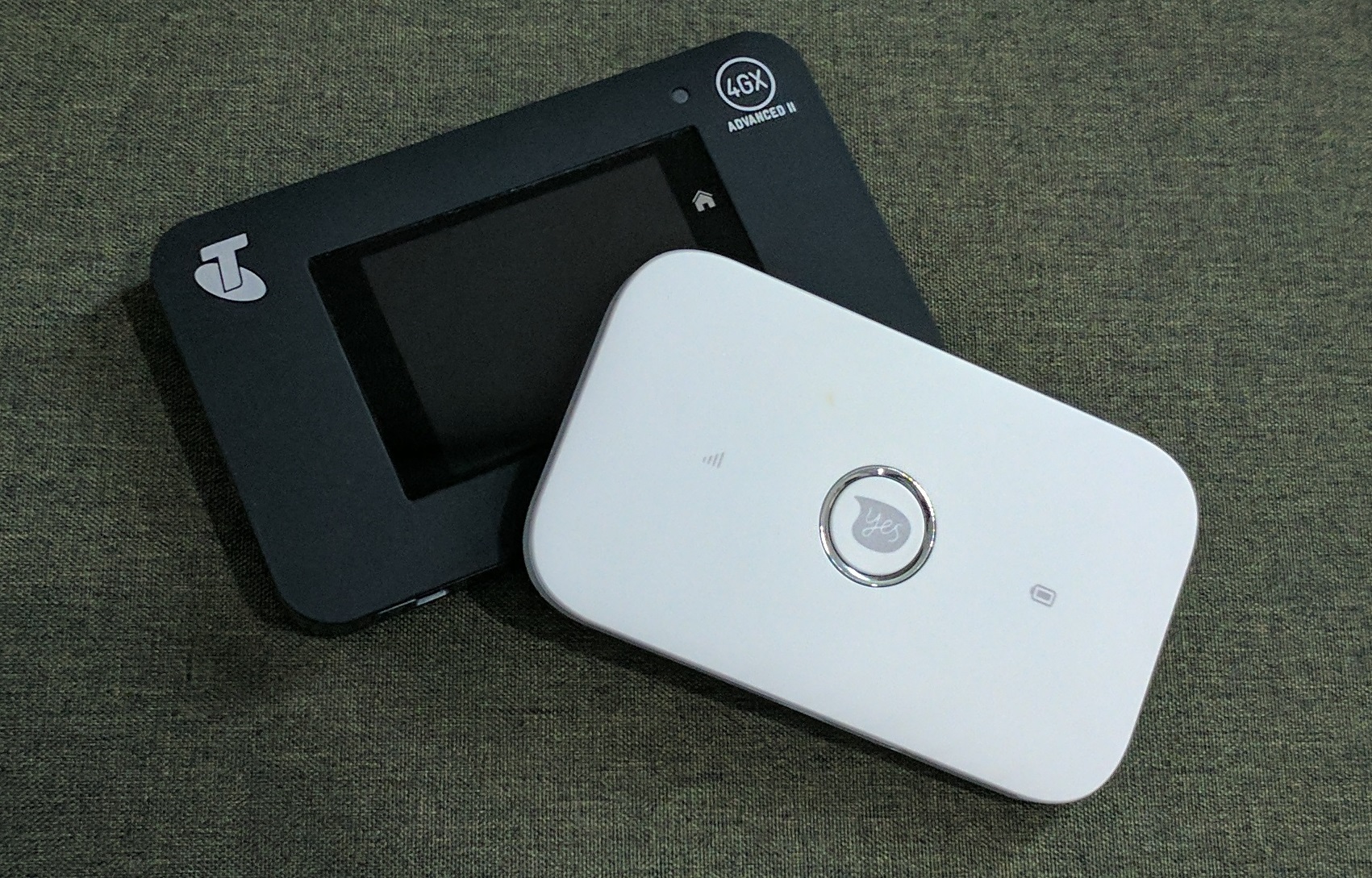




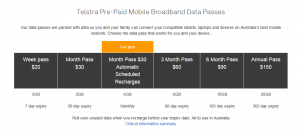

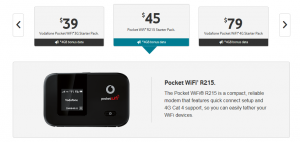
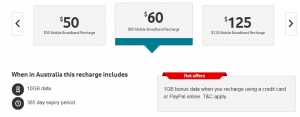

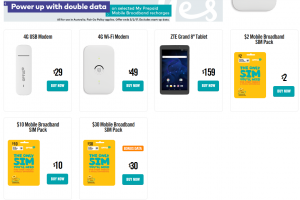



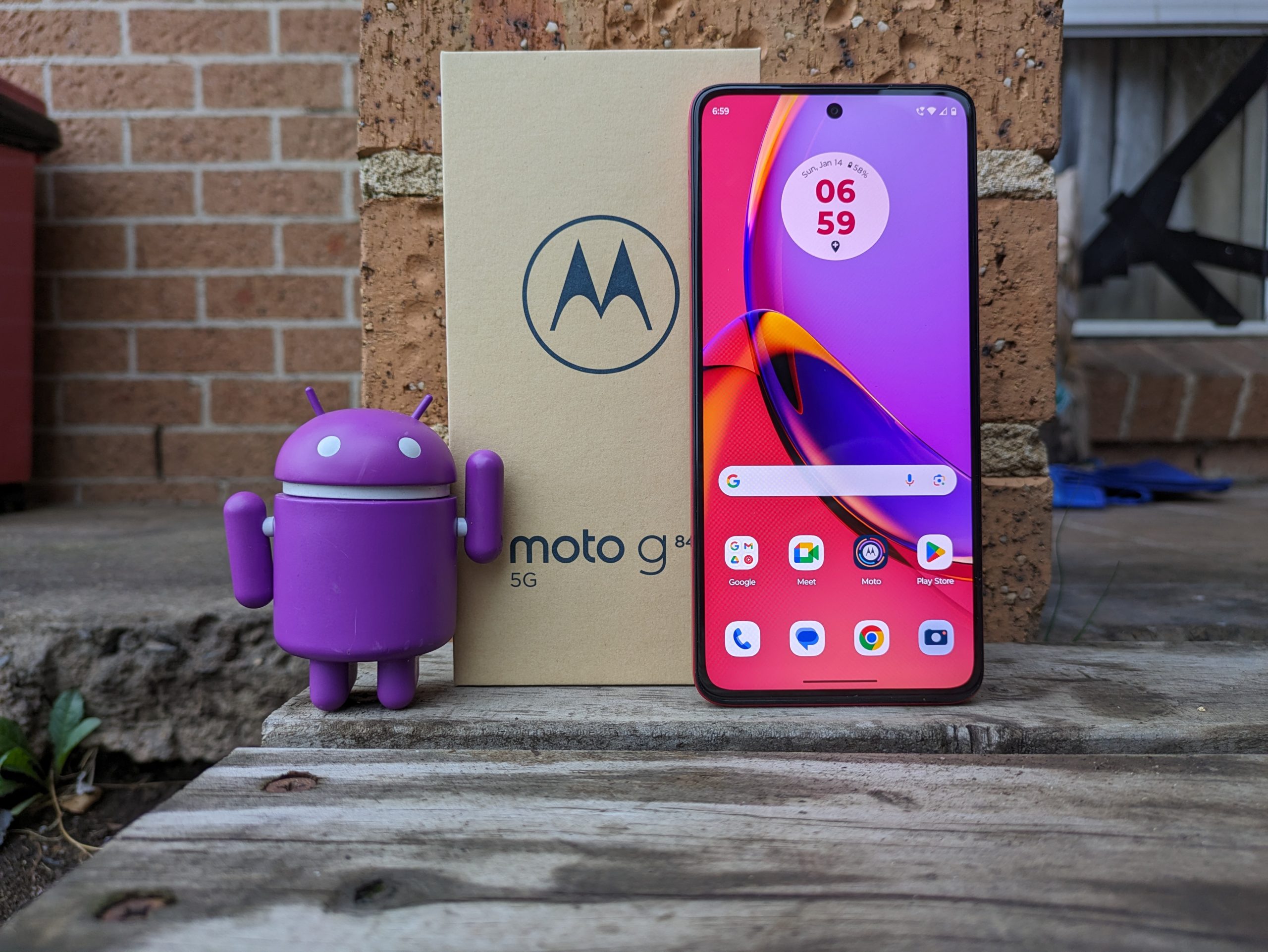
Thanks Scott, great article and very timely since I’m taking the family down to Torquay for a week over new year’s. My Vodafone service down there was non existent last time.
What device did you enter into the Optus coverage maps? Optus has way more 4G than that in rural victoria. Try selecting the Huawei E5786 router as a device.
Most of the coverage area of Victoria is purple (4G) now
I think Vodafone typically has an excellent network in metro areas, but I don’t agree that it’s spent a lot upgrading it in remote locations. When it has, the speeds are typically poor due to low spectrum holdings. Optus has broader coverage, but also poorer speeds in both metro and remote locations. Telstra seems to be the best of both worlds, but as you pointed out, you pay for it. 😉